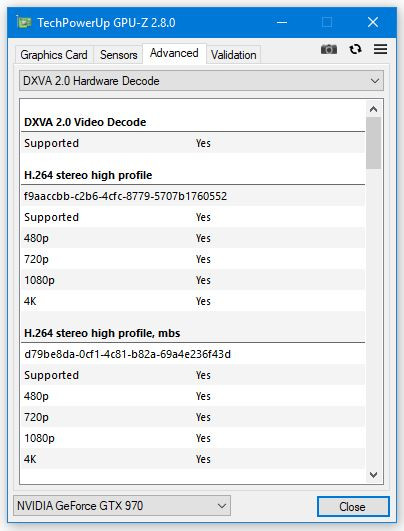
- Techpowerup cpu z driver#
- Techpowerup cpu z Pc#
- Techpowerup cpu z download#
- Techpowerup cpu z windows#
GPU-Z has a built-in tool for uploading your graphics card settings to TechPowerUp’s website. If you have multiple GPU’s you can examine the settings for each one using the drop-down menu on the bottom left-hand side of the window. You can also access the sections devoted to Direct X, OpenCL and Vulkan to check against any compatibility issues.
Techpowerup cpu z windows#
This is helpful if you’ve previously had issues with system performance as WDDM manages graphics for system applications and the Windows desktop.
Techpowerup cpu z driver#
If you’re using Windows Vista or later, the ‘WDDM’ (Windows Display Driver Model) section will display further about your graphics adapter, video memory and display drivers.

GPU-Z will list your graphics card’s ASIC Quality as a percentage and determine whether it’s ‘High’ or ‘Low’. This section is extremely useful if you’re planning on using your machine to mine cryptocurrencies like Ethereum. Select the drop-down menu and choose ‘ASIC Quality’. This simply displays information about your driver version. When you first select the tab, you will see a drop-down menu which reads ‘General’ by default. The latest version of GPU-Z now includes an ‘Advanced’ tab to give you more detailed information on your graphics card.

From here, you can easily create a graph of key data such as GPU Temperature. This means you can open them with your spreadsheet program of choice such as Microsoft Excel or LibreOffice Calc. Saved log files are in TXT format but are tabulated and separated using commas. GPU-Z will prompt you to choose a save location. Simply click the check box marked ‘Log to File’ at the bottom left of the window. If you want to analyze your GPU data over time, the utility can save this data to a log file. Make sure to check ‘GPU Temperature’ and ‘Fan Speed’ to verify you're doing this in a safe way. This is particularly useful if you are attempting to overclock your GPU. You can also see your GPU frequency displayed visually in the graph on the right-hand side of the window. If you have more than one GPU you can switch between these using the drop-down menu. The ‘GPU Core Clock’ section will display your current GPU frequency. While the graphics card tab is a good way to view your card's overall specs, you can drill down to real-time performance data by clicking the ‘Sensors’ tab. For maximum performance, you should always check periodically with the manufacturer to make sure that you have the latest version. Pay close attention to the ‘Driver Version’ and ‘Driver Date’ sections. GPU-Z will display an explanatory tool tip. If you’re unsure about any of the terms used, such as ‘Revision’ move your mouse over the section in question. Some sections such as ‘Memory type’ are fairly self-explanatory. GK104, so it may have little bearing on the name of the graphics card.

If you have multiple GPUs, the ‘Memory Size’ section will list the size for each one, not the total memory size of the graphics cardsīear in mind that the name listed for GPUs will be the internal codename used by the manufacturer e.g. The utility can only display one at a time. This is a useful way to see how your graphics card works in theory versus practice.Īny GPUs are listed below the graphics. Click the ‘Lookup’ button to view the manufacturer stated specs for your card as per the database on the TechPowerUp website. Your specific graphics card can be found in the ‘Name’ section. The amount of information shown may seem overwhelming, but it’s actually laid out in a very logical way.

Techpowerup cpu z Pc#
GPU-Z is a PC graphics diagnostic and monitoring utility, which gives you up to date information of the GPUs installed in your system, and lets you monitor their clock speeds, temperatures, fan-speeds, voltages, dedicated memory usage, among other things.
Techpowerup cpu z download#
Here you can download GPU-Z, GPU-Z is a graphics subsystem information and diagnostic utility utility designed to give you all information about your video card and GPU.


 0 kommentar(er)
0 kommentar(er)
